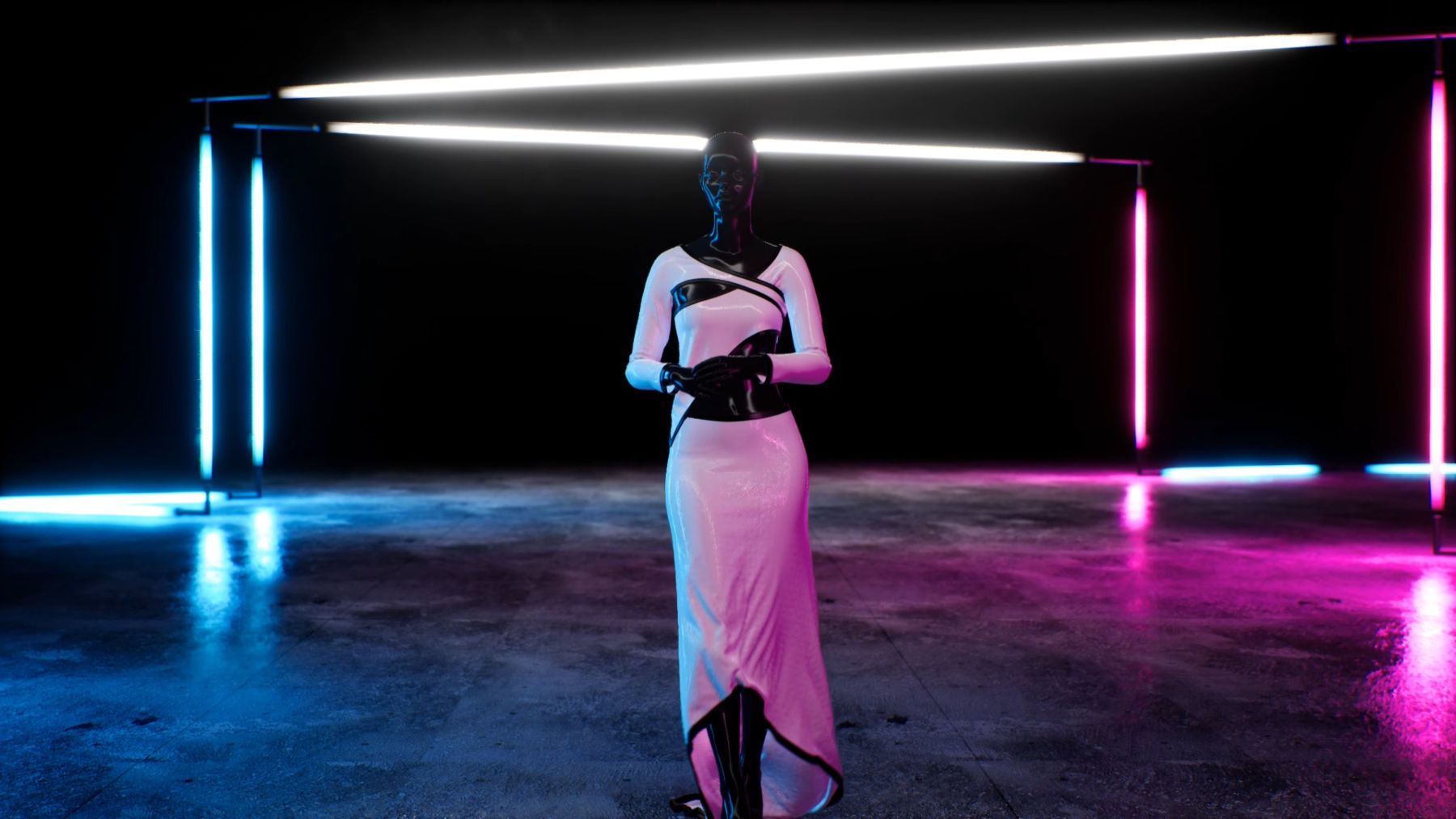
Last week, news emerged of what seemed on its face an unlikely partnership. The maker of Clo3D, one of the most popular 3D fashion-design tools, and Epic Games, creator of the video game megahit Fortnite, bought shares in one another.
While they didn’t disclose any numbers, they did reveal the reason: to invest in the future of digital fashion, they said in a statement.
The companies haven’t offered more specific plans than that, but Simon Kim, chief executive of Clo Virtual Fashion, said it began as a technical discussion about how they could help their users to work better. Clo also happens to be the maker of Marvelous Designer, a tool used by top animation studios to simulate cloth and clothing. Epic is the company behind Unreal Engine, the powerful 3D graphics tool used for countless games and big-budget entertainment like Disney’s “The Mandalorian.”
The companies have been in contact for several years now as they try to ensure their products function together seamlessly. Along with their ongoing business conversations, they’ve also discussed their aligned visions for the future — one in which, in Kim’s view, virtual items will serve as the standard and physical ones as the dupe.
“We imagine a future where garments are regarded as content,” he said.
In this vision, a 3D digital garment would be the template on which all other iterations are based. It could be used for product imagery on a brand’s e-commerce site, as a visual asset used in marketing materials or on social media, made into a virtual item an avatar can wear in a game, transformed into an AR filter or — who knows — even replicated with fabric and thread as a physical garment.
Kim sees it as a garment’s platonic ideal, and believes it’s only possible if it’s digital first. Every physical product is slightly different because of small variations in sewing, fabrics and other physical processes or qualities, he noted. He recounted the story of meeting a skilled pattern maker who was convinced a garment’s digital file was incorrect. It turned out the file was accurate, but because she was short, she was used to seeing everything looking up at a slight angle.
“When you’re looking at the screen, you don’t have that. It’s just flat,” he said.
While the fashion industry hasn’t exactly been pushing to create a single digital source template for its products, some players have been working toward making digital twins for physical goods. These twins could serve some of the same purposes Kim envisions, though they’re treated more as an add-on.
Either way, the need for high-quality 3D assets continues to grow. The incessant demand for content to fill websites and social channels is only increasing, pushing more brands to look to technological solutions, which these days has begun to include generative artificial intelligence.
Most of these uses are still about selling physical products, but sales of digital items like NFTs and cosmetic skins in video games are arguably a huge opportunity in themselves. Younger consumers in particular often say their digital appearance is important to them.
For brands that want to take advantage, however, it can be challenging to turn their physical items into virtual ones they can sell. Having a 3D file that can be easily rendered in a gaming environment, such as one created using Epic’s Unreal Engine, could reduce the barriers.
It’s just one of the “inefficiencies” Kim hopes making digital fashion standard can address.



